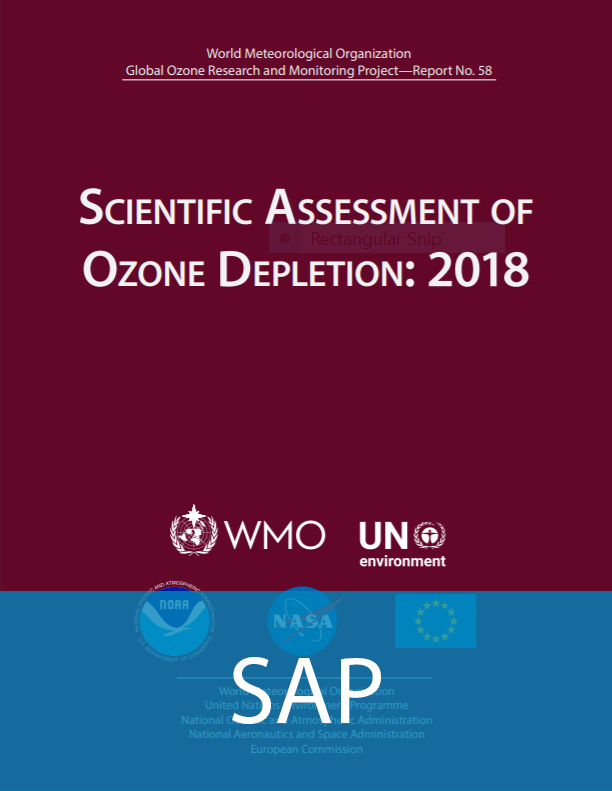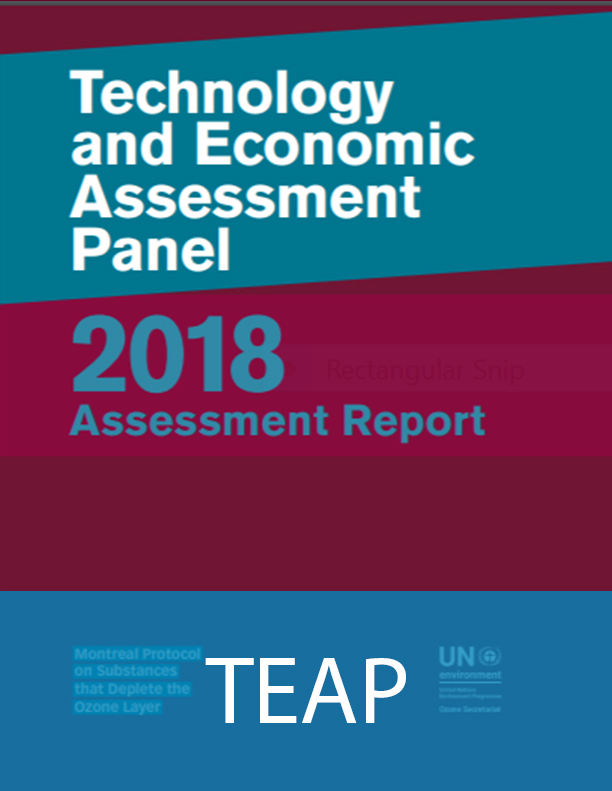|
The ozone layer is a region of high ozone concentration in the stratosphere, 15 to 35 kilometres above Earth's surface. The ozone layer acts as an invisible shield and protects life on earth by absorbing harmful ultraviolet radiation from the sun. In the mid-1980s, scientists discovered severe ozone depletion over Antarctica, commonly known as “the ozone hole”. It was soon found that the ozone hole was a result of manmade chemicals called chlorofluorocarbons (CFCs) used in the manufacture of aerosol sprays, as refrigerants, blowing agents for foams and packing materials and solvents. Those chemicals, along with others found to destroy stratospheric ozone, are collectively known as ozone-depleting substances (ODSs). Apart from the CFCs, other ODSs include:
Understanding that continued depletion of the ozone layer would severely impact the health and well-being of humans, animals, ecosystems and climate, the global community responded swiftly. The Vienna Convention for the Protection of the Ozone Layer was adopted in 1985, followed by the Montreal Protocol on Substances that Deplete the Ozone Layer in 1987. They are the first international environmental treaties to be universally endorsed by 198 nations of the world. The Vienna Convention calls on parties to cooperate on scientific research and observations. The Protocol provides a set of practical, actionable tasks to phase out the production and consumption of ODSs that were universally agreed upon. Later, in 2016 the parties agreed to amend the Protocol to include similar control measures to reduce hydrofluorocarbons (HFCs), used as ODS substitutes. Although not ozone-depleting, HFCs are potent greenhouse gases, some more than a thousand times more potent than carbon dioxide in contributing to climate change. Montreal Protocol controls have led to a substantial reduction in the emissions of ozone-depleting substances over the last two decades. Without Montreal Protocol controls, the climate forcing due to ozone-depleting substances could now be nearly two and a half times the present value. A successful HFC phasedown with the implementation and ratification of the Kigali Amendment is expected to avoid up to 0.4 degree Celsius of global temperature rise by 2100, while continuing to protect the ozone layer. The Assessment Panel Reports
|
 |
|||
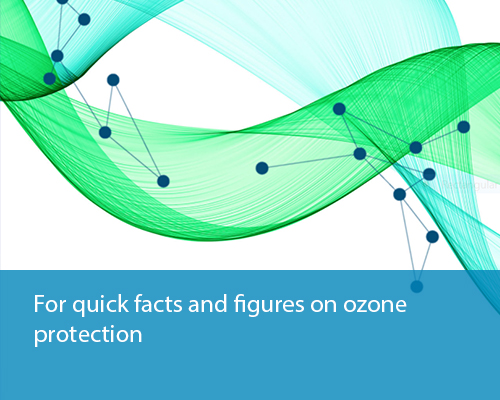 |
||||
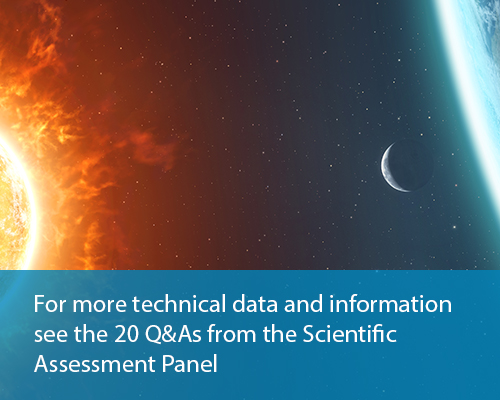 |
||||
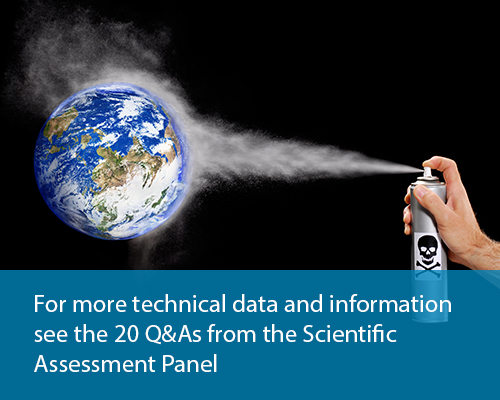 |
||||
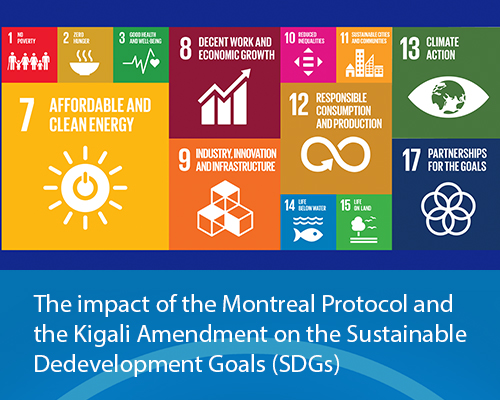 |
||||
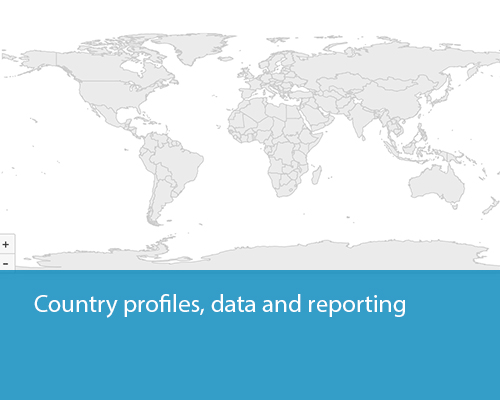 Contact: Sophia Mylona |

